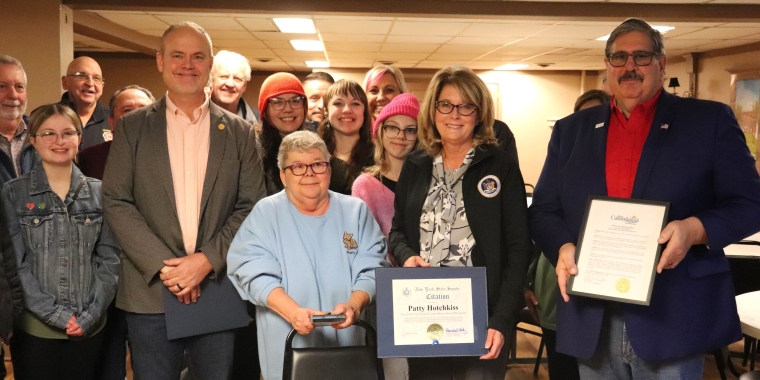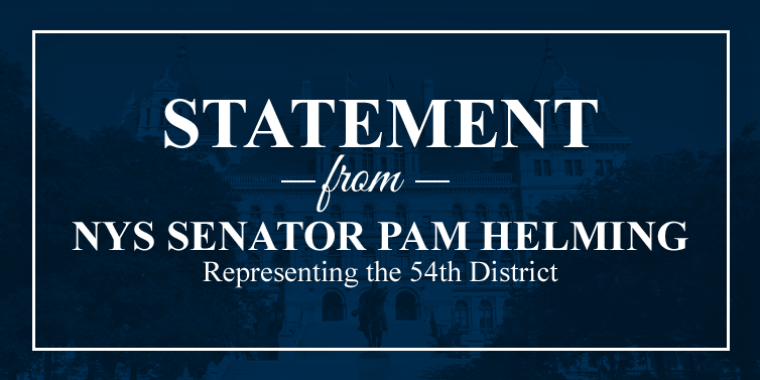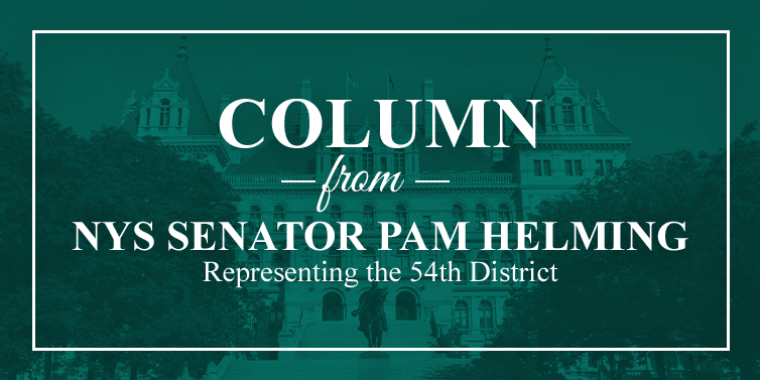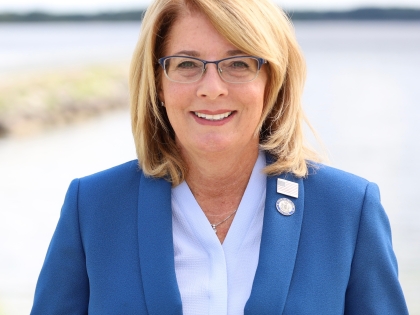
Column: Children’s Mental Health, Making Connections to Make a Difference
May 8, 2023
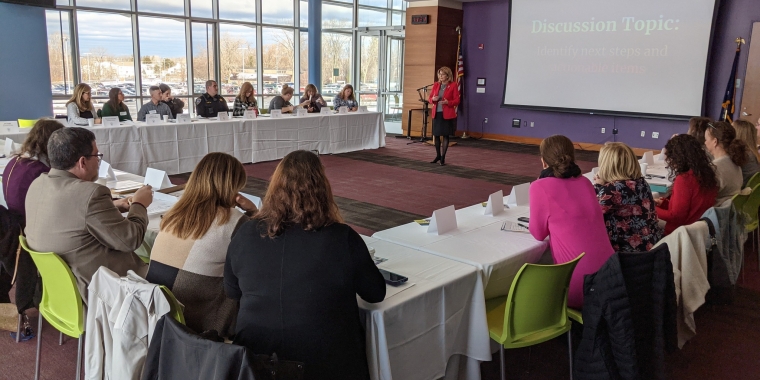
Students have returned to the classroom, but as one local educator told me, they are carrying more than just their books.
The damaging effects of the pandemic on our students are impossible to ignore. I dedicated a column last May during Children’s Mental Health Awareness Week focusing on how we can do more to address the national and local mental health crisis affecting our kids.
Sadly, the challenges have only become greater.
As a New York State Senator, it is my job to address and act on behalf of all my constituents, especially our young people. As a mother and a grandmother, our children’s mental health weighs heavily on my heart and mind.
In December, I led another Children’s Mental Health roundtable, bringing together school superintendents, counselors, mental health professionals, parents, and leaders from the region’s hospital systems.
Making meaningful connections between schools and mental and behavioral health experts in our region must be a priority – connections that lead to results.
Educators and healthcare professionals are looking for legislative help.
Connecting schools to mental health professionals seems like a natural place to start building a network of resources for children with mental health challenges. Schools in many rural communities have minimal support. Counselors are spread thin, and in some cases across several school buildings.
In response to the call for action, I introduced a bill (S.6080) making it easier for school districts to offer student mental health services via telehealth, giving families greater access to needed services for their children.
Under current state law, mental health services are only allowed in schools with a provider on site.
My legislation proposes that five percent of the state tax imposed on mobile sports wagering be dedicated annually to a newly-created telehealth reimbursement fund for school districts.
This bill is a key step to getting our children the help they need.
But we are doing more.
Another positive result of this roundtable discussion is working groups led by three leading mental and behavioral health experts in our area: Dr. Michael Scharf, University of Rochester Medical Center; Dr. Ann Marie White, Children’s Institute; and Laura Jowly, Rochester Regional Health.
They are welcoming parents, educators, and community leaders to come together to explore ways to proactively help our kids get the resources they need, improve mental health literacy, and normalize conversations about mental health, with the goal of removing the stigma that prevents so many children from getting help.
During our roundtable discussions, educators reported elevated levels of stress, anxiety, and behavioral issues never seen before in classrooms, leaving teachers and social workers unable to effectively manage the overwhelming number of kids turning to aggression and violence to deal with their emotions.
The CDC’s Youth Risk Behavior Survey found that 4 in 10 students felt persistently sad or hopeless, approximately 29 percent of students had experienced or were experiencing poor mental health, with more than 1 in 5 students seriously considering suicide.
As a community, we can all do our part to be involved in the lives of our young people.
I want to thank all the parents, educators, and healthcare leaders in our communities who continue to look for ways to make meaningful connections for our kids.
May is Mental Health Awareness Month. In Monroe, Wayne, Ontario, and Livingston counties, you can call 211 or visit 211lifeline.org to be directed to local resources.
There is also the 988 Suicide & Crisis Lifeline available in New York State and nationally. You can contact 988 by chat, text, or phone.
Make a connection and make a difference. Know you are not alone.

